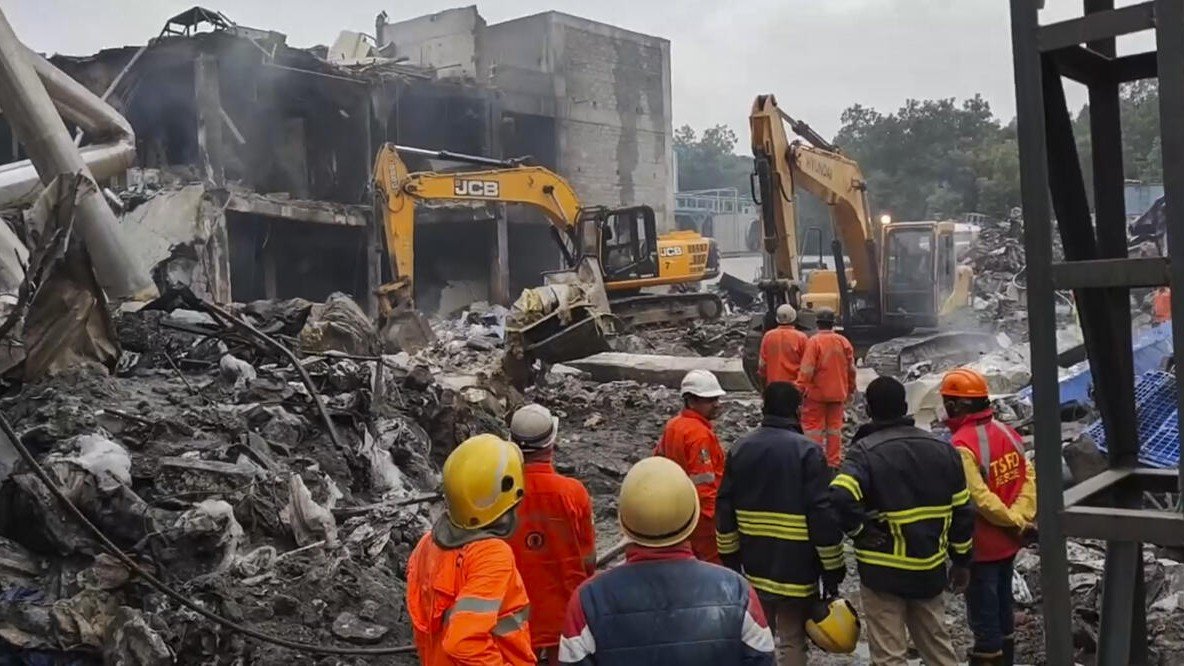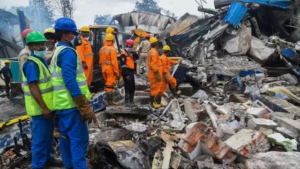When industrial disasters shake local communities, investigators often uncover troubling patterns of negligence. The recent Sigachi plant explosion in Telangana reveals a story that should concern every person living near manufacturing facilities.
What Happened at the Sigachi Plant
The explosion rocked the pharmaceutical manufacturing facility during regular operating hours. Workers faced immediate danger as flames erupted across multiple sections of the plant. Emergency responders rushed to contain the blaze while evacuating personnel from the affected areas.
Local authorities began their investigation immediately after the incident occurred. Their findings paint a disturbing picture of corporate responsibility and workplace safety standards.
Investigation Reveals Shocking Safety Violations
Preliminary reports indicate that old machinery played a central role in this preventable disaster. The equipment operating within the facility dated back several years without proper maintenance or upgrades.
Safety inspectors discovered multiple violations during their comprehensive review:
- Outdated machinery operating beyond recommended service life
- Missing safety protocols for hazardous material handling
- Inadequate fire suppression systems throughout the facility
- Insufficient worker training on emergency procedures
These findings suggest a pattern of gross negligence that extended across multiple levels of plant management.
The Human Cost of Corporate Shortcuts
Several workers suffered injuries during the explosion, though exact numbers remain under official review. The incident disrupted lives and families while raising serious questions about worker protection in industrial settings.
Beyond immediate physical harm, the blast created long-term concerns for community health and environmental safety. Residents living nearby worry about potential contamination and future risks from continued operations.
Regulatory Response and Enforcement Actions
State officials announced immediate enforcement measures following the investigation’s preliminary findings. The facility faces potential closure until comprehensive safety upgrades meet current regulatory standards.
Industry experts point to this incident as evidence of broader systemic issues within pharmaceutical manufacturing. No safety measures were properly implemented despite clear regulatory requirements for such facilities.
Government inspectors plan additional reviews of similar facilities across the region. This expanded oversight aims to prevent future disasters through proactive identification of safety violations.
What This Means for Local Communities
The Sigachi explosion highlights risks that affect entire neighbourhoods surrounding industrial facilities. Residents deserve transparency about potential hazards and emergency response plans from nearby manufacturers.
Community leaders demand stronger enforcement of existing safety regulations. They argue that current penalties fail to deter companies from cutting corners on worker and public safety.
Local advocacy groups call for regular public reporting of safety inspection results. This transparency would help residents make informed decisions about living near industrial operations.
Learning from Industrial Disasters
Similar incidents across India reveal common themes of inadequate maintenance and insufficient safety oversight. The Sigachi case demonstrates how corporate cost-cutting measures can lead to catastrophic consequences.
Safety experts emphasise that modern manufacturing requires continuous investment in equipment upgrades and worker training. Companies cannot treat safety measures as optional expenses during budget planning.
The investigation’s findings should serve as a wake-up call for both industry leaders and regulatory agencies.
Moving Forward: Preventing Future Tragedies
The probe points to systematic failures that extend beyond this single facility. Addressing these issues requires coordinated action from multiple stakeholders across the pharmaceutical industry.
Stronger enforcement mechanisms must include meaningful financial penalties that make safety violations economically disadvantageous. Companies should face consequences that exceed the costs of proper safety compliance.
Worker protection advocates call for expanded rights to report safety concerns without fear of retaliation. Employees often possess the most detailed knowledge of workplace hazards but lack adequate channels for raising concerns.
The Path to Safer Industrial Operations
Manufacturing facilities must prioritise worker safety over short-term profit margins. This means investing in modern equipment, comprehensive training programs, and robust emergency response systems.
Regular third-party safety audits could help identify potential problems before they escalate into disasters. Independent inspectors bring objectivity that internal reviews sometimes lack.
The Sigachi incident serves as a stark reminder that industrial safety affects entire communities. When companies fail to maintain proper safety standards, the consequences extend far beyond factory walls.
Moving forward, stronger regulatory oversight and corporate accountability measures remain essential for preventing similar tragedies. The investigation’s findings demand immediate action from both industry leaders and government officials to protect workers and surrounding communities from preventable disasters.








Be First to Comment